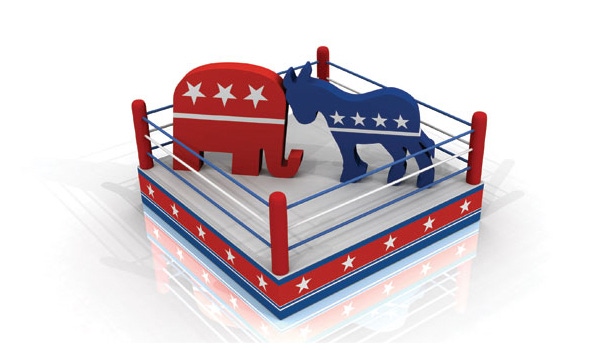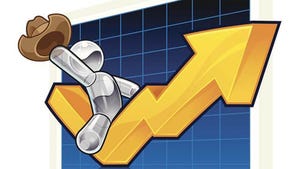Red States Boom While Blue States Struggle With Job Recovery
Economic recovery is stronger in Red States, causing at least one of them to raid Blue States for jobs.

Elections matter. Policy decisions at every level of government have real-life, real-dollar implications. Politics and the politicians that the political system spawns have a major impact on the quality of everyday life.
Cattlemen know this. As a group of small business owners, they are as close to the policy knife blade as anyone. However, as the U.S. economy struggles to recover, more and more urban and suburban areas are learning that lesson as well, according to Ernie Goss, the Jack MacAllister Chair in Regional Economics at Creighton University in Omaha.
“Gov. Rick Perry of Red state Texas took a Blue state tour in June visiting New York and Connecticut, courting and wooing companies in an area of the country that hasn't voted Republican in a national election in the last two decades,” he notes.
Perry’s foray into the Northeast raises some pertinent questions. “Are the economic stars dancing the Texas two-step, or the New York Lindy Hop? Have Red states, those that voted Republican in every presidential election for the past two decades, economically out-performed Democrat-voting Blue states, as well as Purple states that divided their electoral votes between Democrat and Republicans in the same time period? Do Red states, which are viewed as more pro-business and tax friendly, experience superior economic performance compared to Blue states that are seen as more pro-government and tax burdensome?” Goss asks.
Want more beef news? Subscribe now to BEEF Daily for the latest industry hot topics Monday-Thursday.
Economic indicators tell the tale. “From the beginning of the economic recovery in the third quarter of 2009 through the first quarter of 2013, personal income growth was 14.6% for Blue states, 14.9% for Purple states, and 17.3% for Red states,” Goss says. “Furthermore, May 2013 Red state unemployment rates were a full one percentage point lower than Blue state jobless rates, and one-half of one percentage point lower than the rate of joblessness among Purple states.”
Then there’s this: “Since July 2009, employment has grown by 1.7% in Red states, a much slower 1.3% in Purple states, and an anemic 1.1% in Blue states. Thus, approximately 500,000 jobs shifted from Blue and Purple states to Red states during the recovery,” he says.
“Data like this are apt to encourage Red state governors to mimic Perry's efforts and recruit workers and companies from Blue states like Illinois with its slow waltzing economy,” he concludes.
Details of the analysis can be accessed here.
You might also like:
BEEF Trailblazer Serves Up Steak To U.S. Soldiers
Take A Virtual Feedlot Tour Of Triangle H Grain & Cattle Co
80+ Picture-Perfect Summer Grazing Scenes
Patriotic Gallery: Texas Ranch Offers Wounded Veterans A Chance To Heal
About the Author(s)
You May Also Like


.png?width=300&auto=webp&quality=80&disable=upscale)
